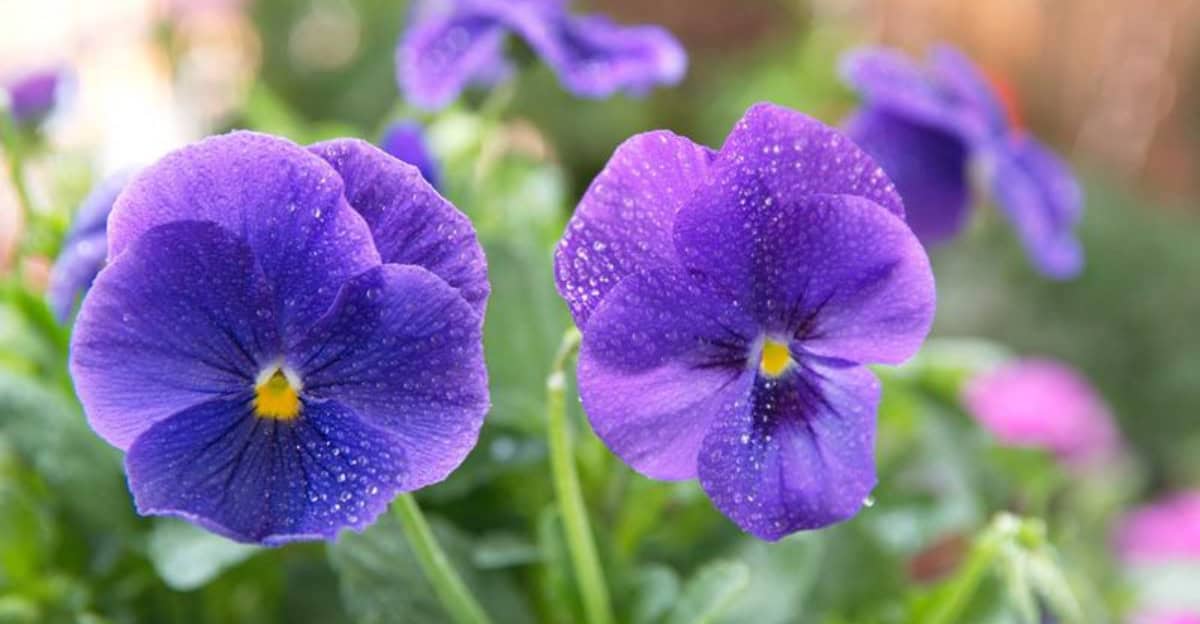Growing dreamy violets is a rewarding endeavor that adds beauty and elegance to any garden.
These delicate flowers are not only visually stunning but also relatively easy to care for.
Whether you’re an experienced gardener or a beginner, the following tips will help you cultivate vibrant violets with ease.
1. Choose the Right Soil

Selecting the right soil is crucial for violet success. Ensure the soil is well-draining yet retains moisture.
A mix of peat moss, vermiculite, and perlite works wonders. This combination provides the perfect balance for growth. Avoid heavy, compacted soils that can suffocate roots.
2. Provide Adequate Light
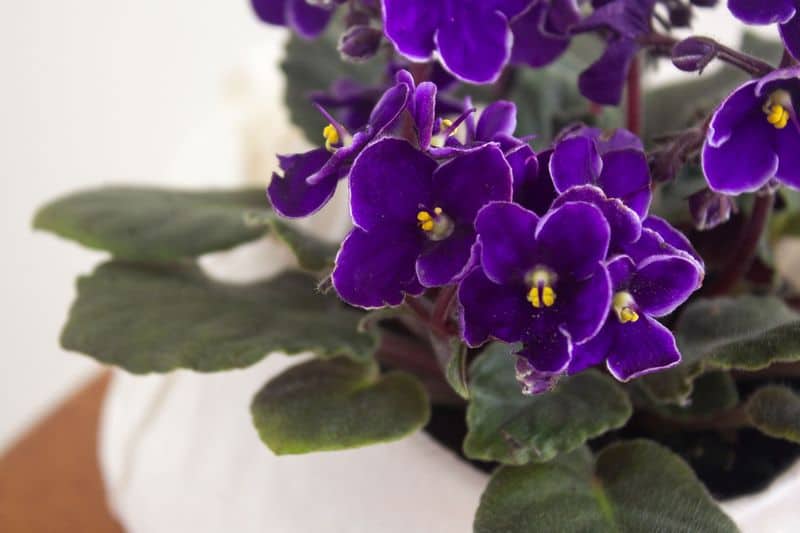
Violets thrive in bright, indirect light. Direct sunlight can scorch leaves, so find a spot where light is soft. A north or east-facing window is ideal.
Supplement with fluorescent lights if needed, ensuring your violets receive about 10-12 hours of light daily.
3. Water Wisely
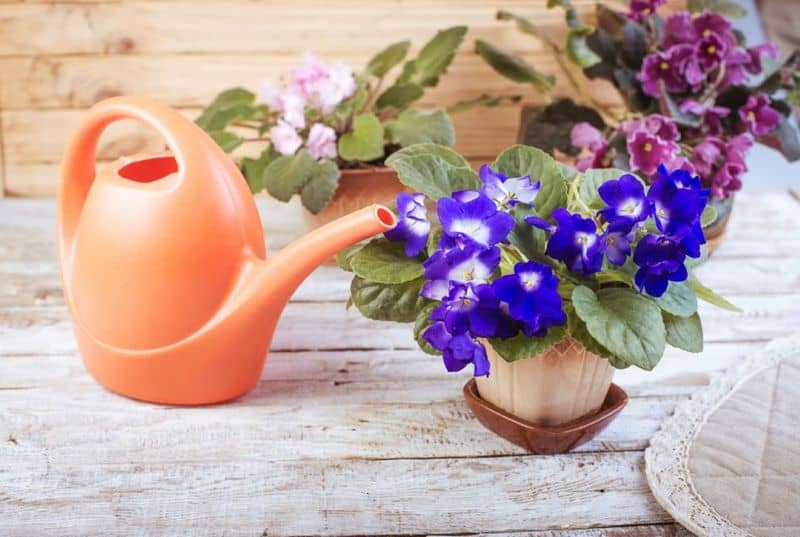
Proper watering is vital for violet health. Water when the top inch of soil feels dry. Use lukewarm water to avoid shocking the plant.
It’s better to underwater than overwater; soggy soil can lead to root rot. Always allow excess water to drain away completely.
4. Maintain Humidity

Violets love humidity. Aim for levels around 50-60%. If your home is dry, place a small humidifier nearby or set plants on a pebble tray with water.
This simple trick increases humidity. Avoid misting directly, as water on leaves can cause spots.
5. Feed with Balanced Fertilizer

Feeding violets is a must. Use a balanced liquid fertilizer every 4-6 weeks during active growth. Look for one with equal N-P-K ratios.
Dilute the fertilizer to half strength to prevent burning roots. Regular feeding encourages lush blooms and strong foliage.
6. Repot Annually

Annual repotting revitalizes violets. Choose a pot slightly larger than the current one. Fresh soil provides new nutrients.
Gently remove the plant from its old pot, shaking off excess soil. Repotting promotes new growth and helps prevent root-bound stress, encouraging healthier plants.
7. Prune Regularly
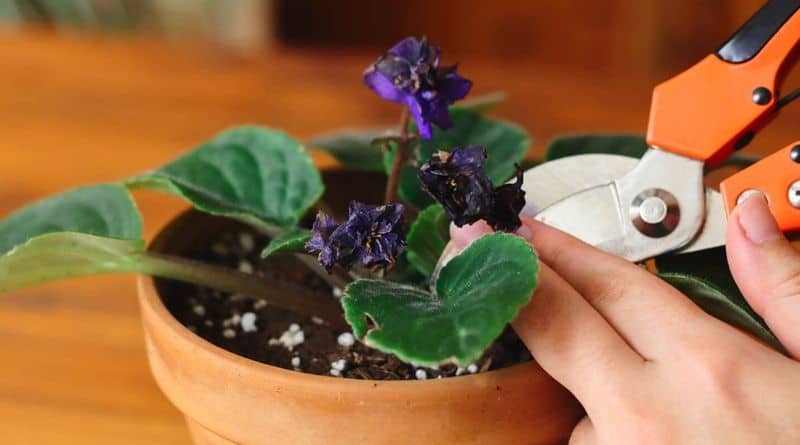
Pruning maintains plant shape and health. Regularly remove yellowing leaves and spent flowers to direct energy to new growth.
This simple task encourages more blooms. Prune carefully, avoiding damage to healthy leaves. Clean pruning tools to prevent disease spread and ensure plant vitality.
8. Avoid Drafts
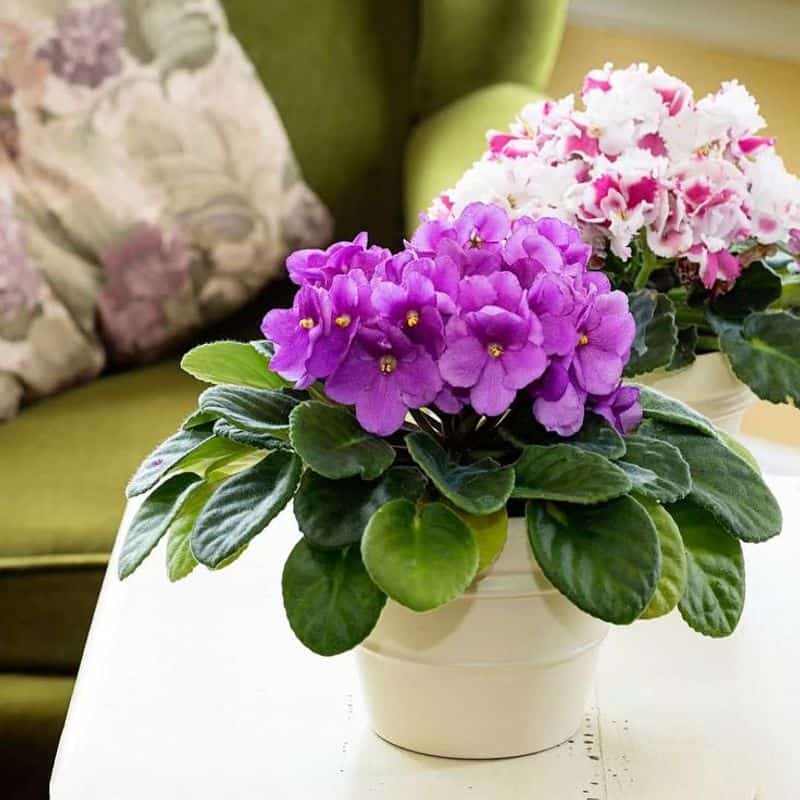
Drafts can stress violets, causing wilting. Position plants away from doors, windows, and air vents.
Consistent temperatures encourage stability and growth. If you feel a draft, relocate your plants. Maintaining a steady environment keeps violets happy and thriving.
9. Monitor for Pests
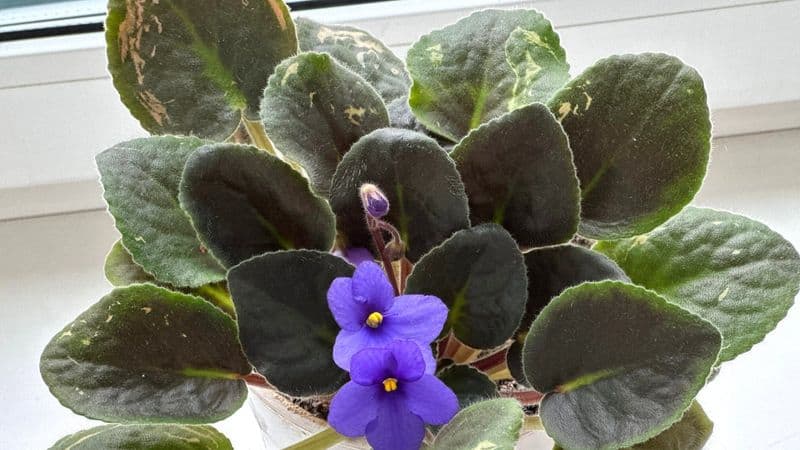
Vigilance is key to pest control. Regularly inspect leaves for signs of aphids, mites, and other invaders. Catch infestations early to prevent damage.
Use insecticidal soap or neem oil for treatment. Healthy plants are less prone to pests, so maintain proper care to keep them at bay.
10. Encourage Air Circulation
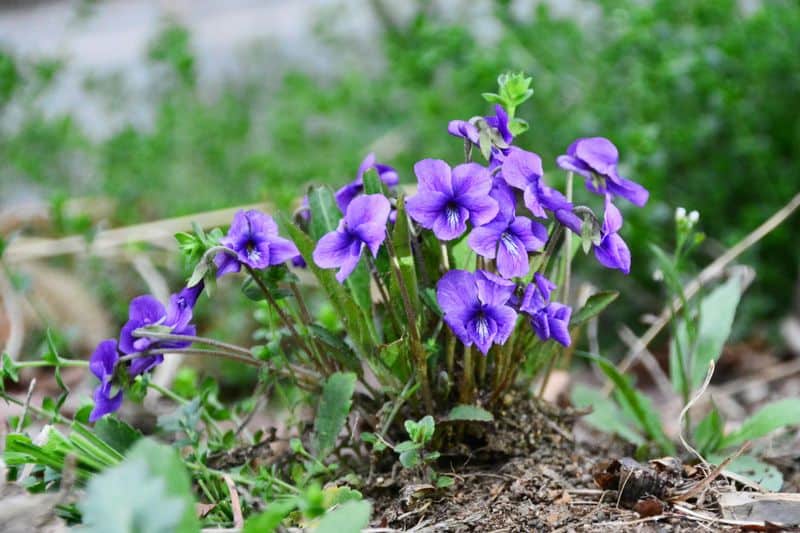
Good air circulation prevents fungal diseases. Space plants apart to encourage airflow. Avoid overcrowding, which traps moisture and promotes mold.
A small fan can help in stagnant areas. Proper ventilation is essential for keeping violets healthy and vibrant, ensuring they flourish.

